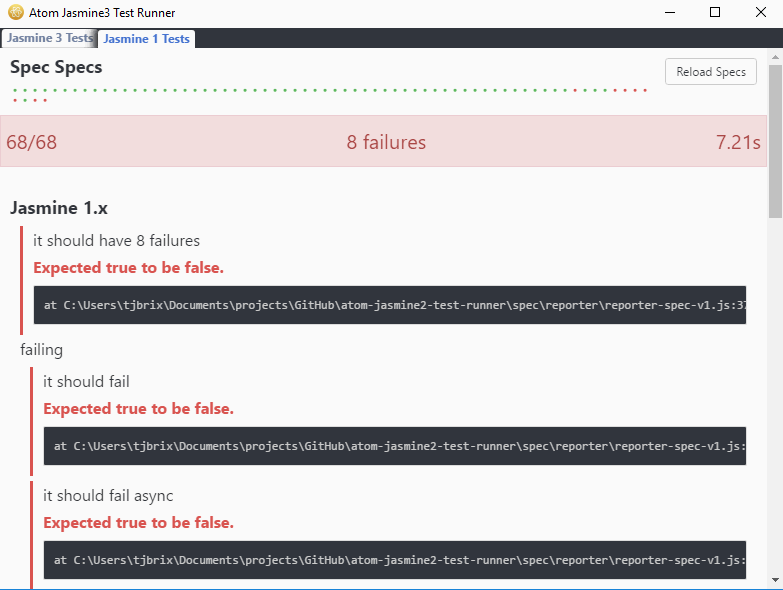I'd welcome PR that adds parallelization support.
That said: There have already been a couple of failed attempts at adding parallelization. I've learned two main lessons from those attempts. The first is that this area is fertile ground for bugs. The second is that a number of Jasmine's existing features interact with parallel execution in awkward ways. So I'm going to give any new PRs in this area some pretty close scrutiny. I don't get solid blocks of time to do focused work on Jasmine as often as I'd like, so unfortunately "close scrutiny" is another way of saying that review will probably be slow.
Once I get a bit more time to spend on this, I'll follow up with some design questions. You might also want to take a look at Mocha's documentation, which mentions a number of things that don't work in parallel mode. We don't have to make all the same decisions as Mocha, of course. But that's at least a good starting list of trouble spots.

Proof of concept: https://github.com/ajvincent/composite-collection/tree/main/build/jasmine-parallel
Each jasmine-npm runner runs as a child process, so they don't have shared memory. Using this code, I found my Jasmine specs ran 80% faster, cutting about 4 minutes from my
npm run bootstrapprocess. I'm currently running over 1000 specs in two passes each, so this is a significant win.I'm willing to do the work to add this. I know some work would have to go into
spec/support.jsonto define specs that can run parallel to each other. I also know that sometimes there are potentially resources that must be executed before all parallel specs and after all parallel specs, and that some specs may still want to run sequentially after the parallel run.